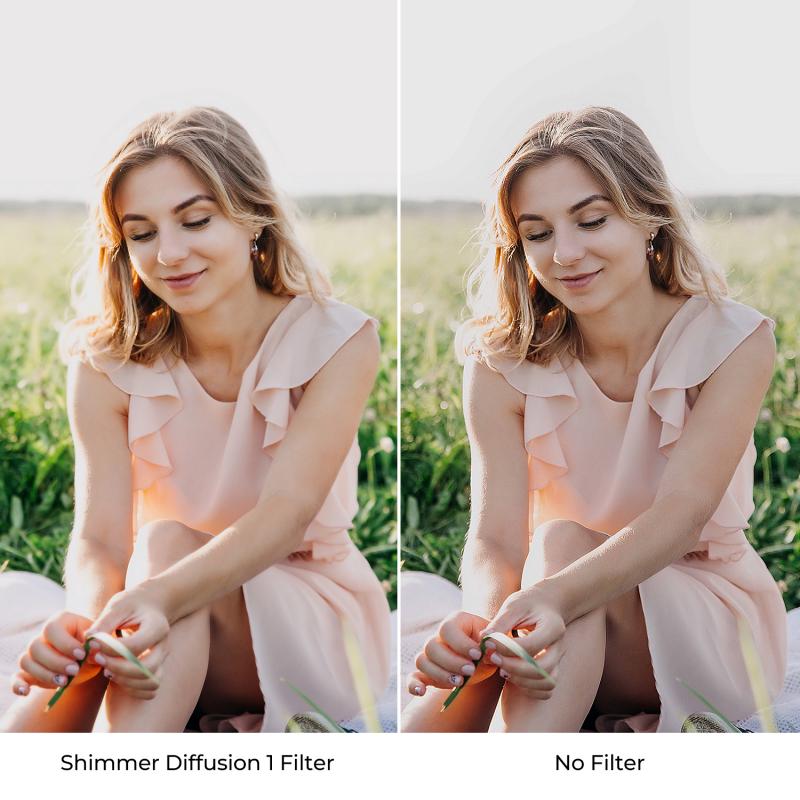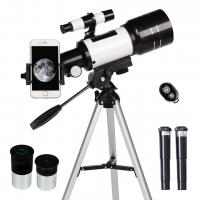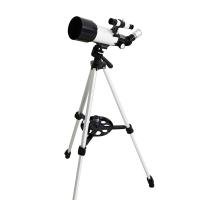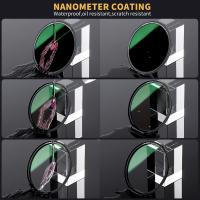What Is The Wavelength Of A Light Microscope ?
The wavelength of a light microscope is determined by the type of light used to illuminate the specimen. In general, visible light is used in light microscopes, which has a wavelength range of approximately 400-700 nanometers (nm). However, the actual wavelength used can vary depending on the specific type of microscope and the type of light source used. For example, some microscopes may use ultraviolet or infrared light, which have shorter or longer wavelengths than visible light. The wavelength of the light used in a microscope is important because it determines the resolution or clarity of the image produced. Shorter wavelengths allow for higher resolution, but may also cause damage to the specimen being observed.
1、 Visible light spectrum
What is the wavelength of a light microscope? The wavelength of a light microscope is within the visible light spectrum, which ranges from approximately 400 to 700 nanometers (nm). This means that the light used in a light microscope falls within the range of colors that can be seen by the human eye, including red, orange, yellow, green, blue, indigo, and violet.
However, it is important to note that the resolution of a light microscope is limited by the wavelength of the light used. This is known as the diffraction limit, and it means that the smallest details that can be resolved in an image are limited by the wavelength of the light. In the case of visible light, this limit is around 200 nm.
Recent advancements in microscopy techniques have allowed for the use of shorter wavelengths of light, such as ultraviolet and X-rays, which have smaller diffraction limits and can provide higher resolution images. These techniques include fluorescence microscopy, confocal microscopy, and super-resolution microscopy.
Overall, while the wavelength of a light microscope falls within the visible light spectrum, the diffraction limit of this technique means that it is limited in its ability to resolve very small details. However, advancements in microscopy techniques continue to push the boundaries of what is possible with light microscopy.

2、 Electromagnetic radiation
What is the wavelength of a light microscope? The wavelength of a light microscope is in the visible range of the electromagnetic spectrum, typically between 400-700 nanometers. This range of wavelengths allows for the visualization of structures and organisms that are too small to be seen with the naked eye.
However, it is important to note that the resolution of a light microscope is limited by the wavelength of light used. This means that structures that are smaller than the wavelength of light cannot be resolved. To overcome this limitation, scientists have developed techniques such as super-resolution microscopy, which use fluorescent molecules to achieve resolutions beyond the diffraction limit of light.
In addition, recent advancements in technology have led to the development of electron microscopy, which uses beams of electrons instead of light to visualize structures at much higher resolutions. This has allowed for the visualization of structures at the molecular level, providing new insights into the workings of cells and organisms.
Overall, while the wavelength of a light microscope is limited, advancements in technology have allowed for the development of new techniques that push the boundaries of what can be visualized and understood about the world around us.

3、 Refractive index of lenses
"What is the wavelength of a light microscope" is a complex question as it depends on the type of light used in the microscope. Visible light, which is commonly used in light microscopes, has a wavelength range of 400-700 nanometers (nm). However, other types of light such as ultraviolet and infrared can also be used in microscopes, which have different wavelength ranges.
On the other hand, the refractive index of lenses is an important factor in determining the resolution and clarity of images produced by a microscope. The refractive index is a measure of how much a lens bends light as it passes through it. The higher the refractive index, the more the light is bent, resulting in sharper and clearer images.
In recent years, there has been a growing interest in developing new types of lenses with higher refractive indices to improve the resolution of microscopes. One such development is the use of metamaterials, which are engineered materials with unique optical properties that can manipulate light in ways that are not possible with conventional materials.
Overall, both the wavelength of light and the refractive index of lenses are important factors in determining the quality of images produced by a microscope. Advances in technology and materials science are continually pushing the boundaries of what is possible in terms of resolution and clarity in microscopy.

4、 Abbe diffraction limit
The wavelength of a light microscope is typically in the range of visible light, which is between 400-700 nanometers (nm). This range of wavelengths allows for the visualization of cellular structures and processes, but it is limited by the Abbe diffraction limit.
The Abbe diffraction limit is a fundamental physical limit that restricts the resolution of a light microscope. It states that the smallest resolvable distance between two points is proportional to the wavelength of light used and the numerical aperture of the lens system. This means that as the wavelength of light decreases, the resolution of the microscope increases.
In recent years, there have been advancements in microscopy techniques that have pushed the limits of the Abbe diffraction limit. Super-resolution microscopy techniques, such as stimulated emission depletion (STED) microscopy and structured illumination microscopy (SIM), have allowed for the visualization of structures and processes at the nanoscale level.
STED microscopy uses a laser to excite fluorescent molecules in a sample, and a second laser to de-excite all but a small region of the sample. This allows for the visualization of structures with a resolution of up to 20 nm.
SIM uses patterned illumination to create moiré patterns that can be used to reconstruct high-resolution images. This technique can achieve a resolution of up to 100 nm.
Overall, while the wavelength of a light microscope is limited by the Abbe diffraction limit, advancements in microscopy techniques have allowed for the visualization of structures and processes at the nanoscale level.








































